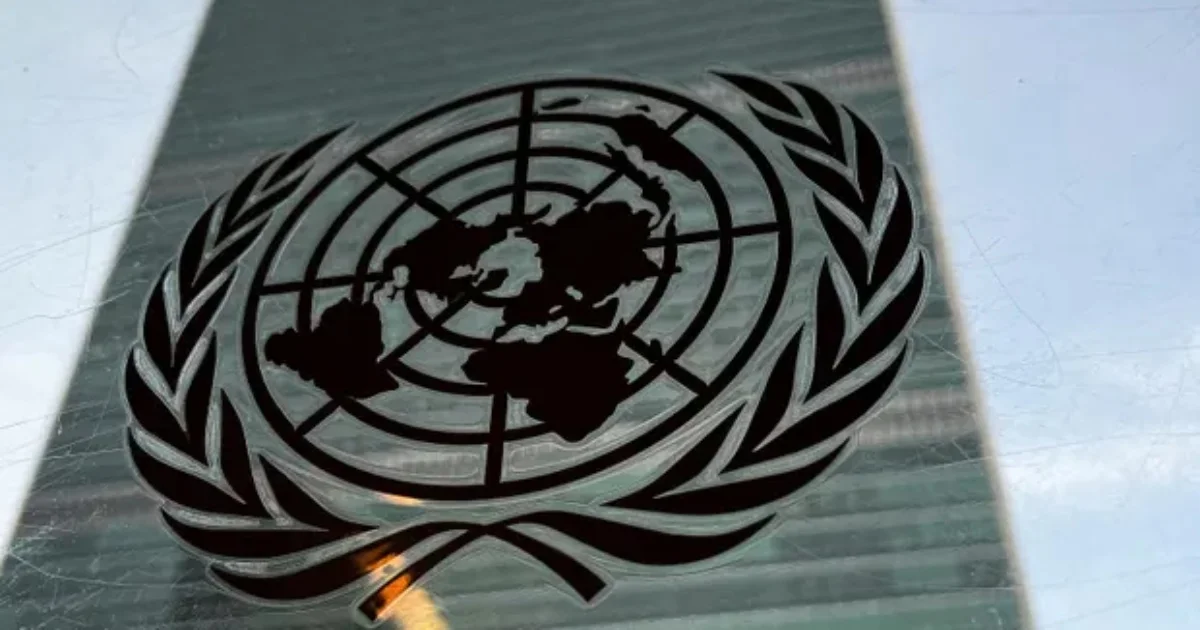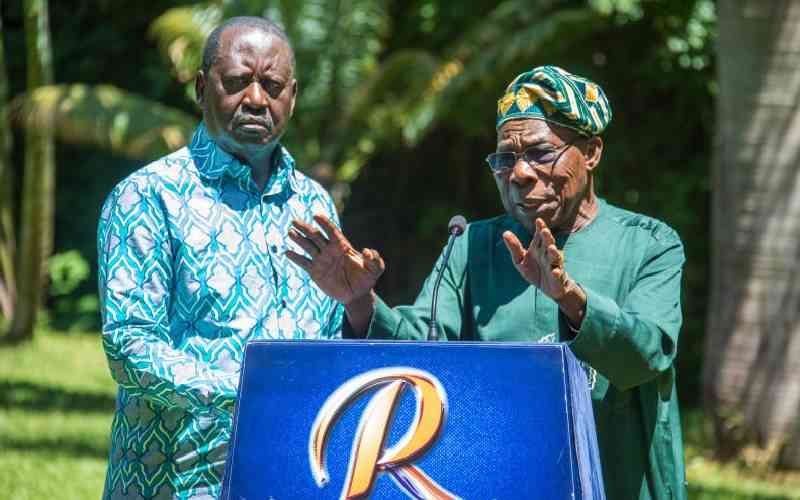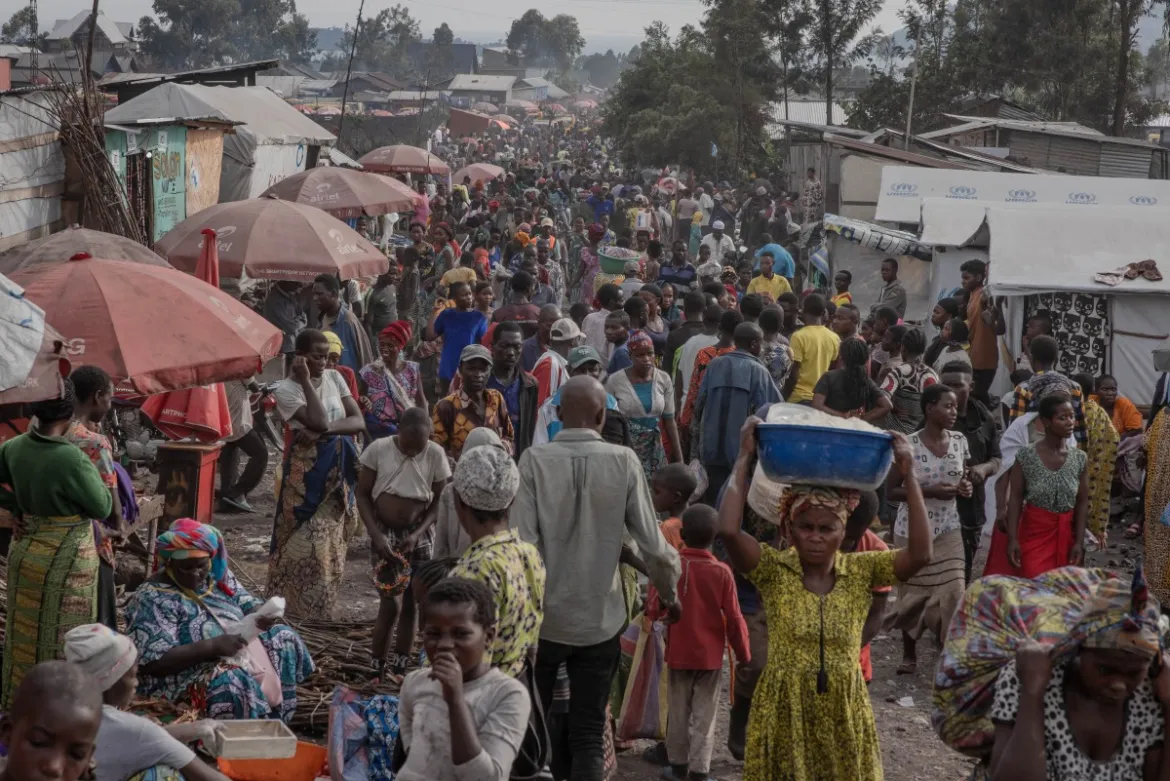Kenya just like any other developing country in the African continent is facing destruction caused by desertification and drought.
UN data estimate that by 2050 droughts may affect over three-quarters of the world’s population.
Read also: Tanzania’s Deforestation Rates Reach Alarming Levels
The number and duration of droughts have increased by 29 per cent since 2000, as compared to the two previous decades (WMO 2021).
When more than 2.3 billion people already face water stress, this is a huge problem. More and more of us will be living in areas with extreme water shortages, including an estimated one in four children by 2040 (UNICEF).
As we joined the rest of the globe in marking the International Day Against Desertification, and Drought.
This year, the theme of the International Day Against Desertification, and Drought “Rising up from drought together”, emphasizes the need for early action to avoid disastrous consequences for humanity and the planetary ecosystems.

For decades, water scarcity has been a major issue in Kenya, caused mainly by years of recurrent droughts, poor management of water supply, contamination of the available water, and a sharp increase in water demand resulting from relatively high population growth.
The lack of rainfall affects also the ability to acquire food and has led to eruptions of violence in other parts of the country due to water stress and scarcity.
Despite the critical shortage of clean water in Kenya’s urban slums, there also is a largely rural-to-urban discrepancy in access to clean water in Kenya.
This is because most Kenyans rely directly or indirectly on agriculture, when severe droughts occur, many are left to starve unless food aid prevents a famine.
The other reason is prolonged is due to deforestation. The largest forest in Kenya, Mau, distributes water to six lakes plus eight wildlife reserves, and some 10 million people depend on its rivers for a living.
However, loggers and farmers have destroyed a quarter of Mau’s 400,000 hectares.
The problem with deforestation is that it almost always leads to increased runoff, which has negative implications in both the rainy as well as the subsequent dry season.
According to the High-Level Panel on Water (2018), about 40 per cent of the world’s population is affected by water scarcity, with as many as 700 million people at risk of being displaced as a result by 2030.
With the anticipated pressures on water resources and with more intense and severe droughts predicted, a paradigm shift is needed.
Poorly coordinated “crisis management” in the face of drought will no longer suffice. A well-planned approach that focuses on reducing the impacts of drought is needed.
The adoption of national drought policies that are focused on risk reduction and are complemented by drought mitigation plans at various levels of government will have significant ripple effects across key sectors.
These policies support the implementation of the Sustainable Development Goal to ensure the availability and sustainable management of water and sanitation for all” – by promoting integrated water resources management.
The vulnerability to future drought episodes can be significantly reduced and the coping capacity of communities, even entire nations, can be improved.
Drought monitoring and early warning systems should be encouraged as one of the mitigation measures for droughts. With more research and collaboration, early warning systems could reduce hunger and distressed migration as a result of drought.
Kenya setting up an Early Warning System (EWS) provides timely and effective information to facilitate action to avoid or reduce the risk of droughts and prepare for an effective response.
Numerous natural drought indicators must be monitored routinely to determine the onset and end of the drought and its spatial characteristics.
Although all types of droughts originate from a precipitation deficiency, it is insufficient to rely solely on this climate element to assess the severity of drought.
Effective drought early warning systems integrate precipitation and other climatic parameters with water information, such as stream flow, snowpack, groundwater levels, reservoir, and lake levels, and soil moisture, as well as a comprehensive assessment of current and future drought and water supply conditions.
Dr John Chumo is the Executive Secretary of the National Environmental Complaints Committee.



























